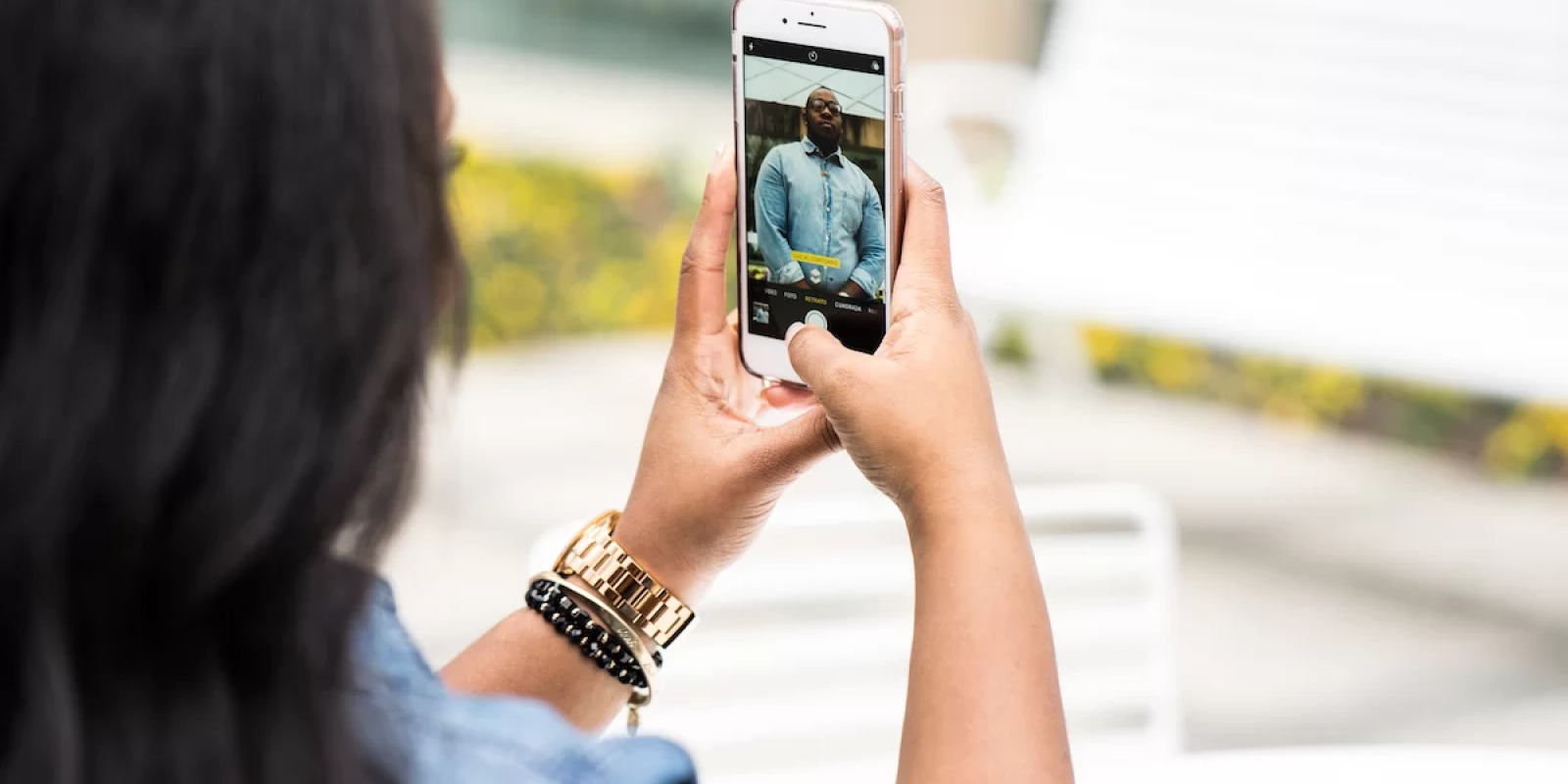

DIY Video Shooter
By Michael Nelson
As someone who shoots a significant amount of video for clients every week, I really want to make this point: Put down your cell phone and hire us to produce your video. Two years ago, there was little thought given to cell phone videos if you wanted to use them for anything other than Facebook. Today, however, given the improvements in cell phone cameras, it simply is not the case. So instead of telling you to stop shooting video on your cell phone, I say, “Go ahead and do it—but hire us to do the editing instead.” Editing is where the artistic part comes in, and it is the difference between a good video and a great one.
After constantly wincing as we viewed DIY shooters make some pretty basic mistakes, we put together a simple “cheat sheet” to help you shoot video we can edit.
For my videographer friends, obviously there are exceptions to everything stated here.
For the DIY shooters, here are some simple tips to keep in mind while capturing video on your cell phone:
For the DIY shooters, here are some simple tips to keep in mind while capturing video on your cell phone:
ALWAYS:
- Shoot with the phone horizontal. The exception to this is if you are shooting TikTok or Instagram stories.
- Upload footage directly from the device or SD card to Google Drive. Emailing, texting, and using AirDrop degrades footage and images.
- Shoot in 4K.
- Shoot interviews at 24 FPS (frames per second).
- Shoot B-roll footage at 60 FPS (this allows you to use the slow-motion feature).
- Shoot interviews with the subject looking off camera (instead of into it).
OTHER FACTORS TO TAKE INTO ACCOUNT:
- Device. You should shoot with a newer phone, such as an iPhone 10 or newer model (the iPhone 12 is best right now) or any of the Samsung Galaxy phones produced in the last couple of years. The rule of thumb: If it is older than a 2018 model, it’s probably not the right device.
- Tripod. Interview videos should be shot from a tripod, if you have one, to produce stable footage.
- Stabilization. B-roll footage should use some sort of stabilization. (Those handheld stabilizers for phones are so inexpensive, it is ridiculous.)
- Distance. Get closer to your subject, especially when taking B-roll footage.
- Planning. Shoot to edit. It is very easy to overshoot, which adds additional time to the editing process.
- Aspect ratio. Use 16:9, not 4:3.
AUDIO ISSUES:
Audio quality is probably more important than video quality when it comes to interviews. You need to either upgrade sound equipment, shoot somewhere very quiet, or both. Sound pollution will ruin your video, making it unwatchable, and you will have wasted a lot of time.
For conducting interviews, shotgun mics are OK, but a lapel mic is best. You’ll need to do a little research to find the best audio-capture device for your phone.
Final thoughts:
These are not all the issues, but for most of you who are shooting videos for your website or social profiles, it should help.
The two biggest sins I see are incorrect orientation (holding your phone vertical when it should be horizontal) and audio problems. Audio is so important. People will watch a video that has shaky footage, but audio that is muffled, has a ton of hum, or is nonexistent will lead to instant click-aways.
Have a question or comment? Shoot us an email. If you want to download this little cheat sheet, click below.
Looking to take your marketing to the next level?
Sign up for our DIY Marketing Newsletter and join our community of solo-preneurs, marketing managers, social media managers, and small business owners who are ready to supercharge their own marketing strategies, and grow their business!